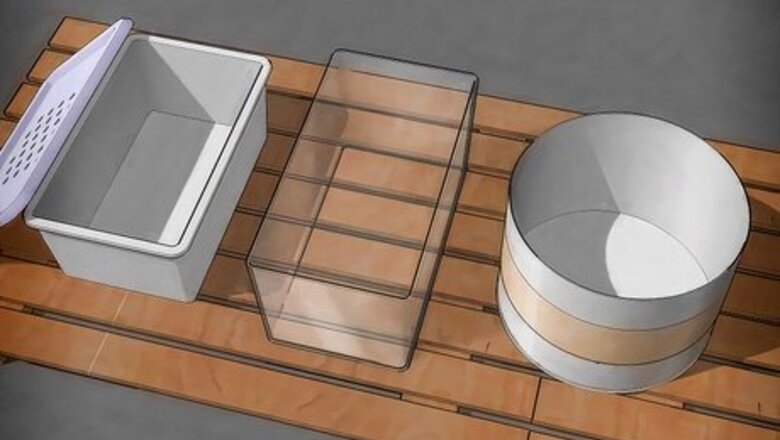
views
Housing Your Mealworms
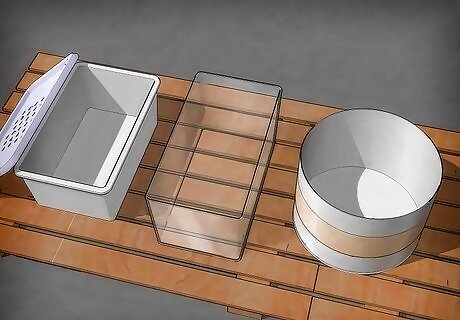
Keep the mealworms in a glass, metal, plastic or wax coated container. You want to be sure they can’t get a grip on the sides of the container you keep them in, as they could likely climb out. Containers with smooth, slippery sides and surfaces are best for keeping the mealworms inside. Avoid containers made of things like cardboard, or any containers lined in fabric. These surfaces will be easy for the worms to latch onto and climb up, which could allow them to get out. As long as the container is at least 8 centimeters deep and has slippery sides, you can probably get away without putting a lid on it. But, if you want a lid, just make sure you poke small airholes in the top. Try using cheesecloth as an alternative, as this will also help keep other insects out of the container.
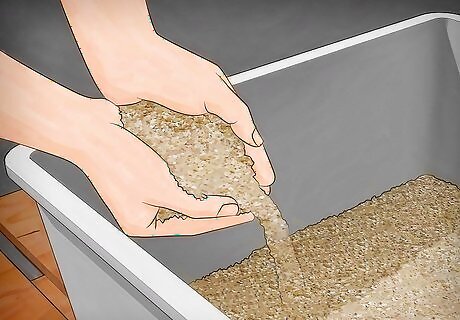
Line the bottom of the container. The material you use to line the container with will also act as the mealworms’ food, so you will likely have to add more to make up for what the worms eat. Things like oatmeal, grain cereal like Cheerios, cornmeal, or dog food that has been ground down to crumbs are good options for lining the bottom of the mealworms’ container. You can try a mixture of these different items, as well. Use a food processor to grind up larger pieces to make the substrate more consistent in texture and size. You can layer the lining to be about 4 centimeters deep in the container.
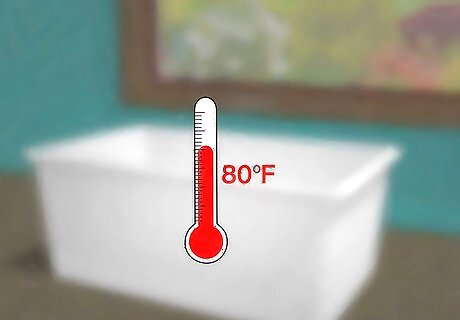
Keep the container in a warm place. Room temperature is adequate, but about 80 degrees (F) will be more ideal if you plan to breed and increase your number of mealworms. If you live someplace where the temperature and climate are on the more mild side, you could try keeping the mealworms out in a garage.
Feeding Mealworms Properly
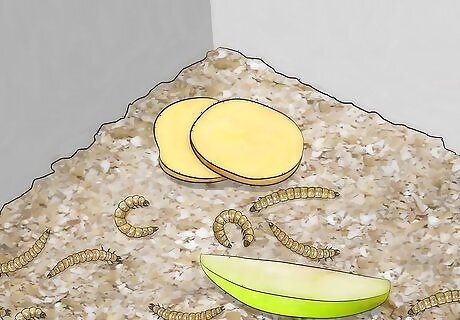
Use moist foods to provide the worms with water. Slices or pieces of fruits and vegetables like potatoes and apples work well for this purpose. Potatoes are an especially good option as they take a bit longer to mold and dry out. Don’t put any water in the container. Mealworms will crawl into a water dish and end up drowning. Use the fruit and vegetables as a source of moisture and water. Switch out dried or molded pieces of fruit and vegetables for fresh ones as needed.
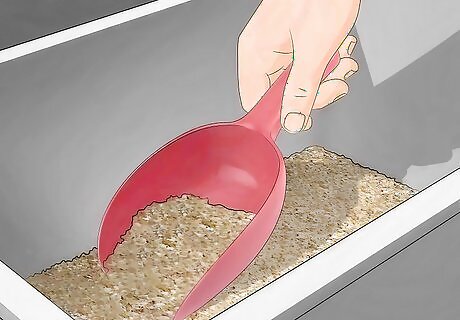
Change the food/bedding every few weeks. You will need to add more food to the container as the worms consume it, but you don’t need to actually change all of the bedding until a few weeks have passed. Keep an eye on it to make sure no mold is growing, and that there is no foul odor. You can use a sifter to gently separate the worms from the bedding when you need to change it, or even when you need to remove the worms for any other reason.
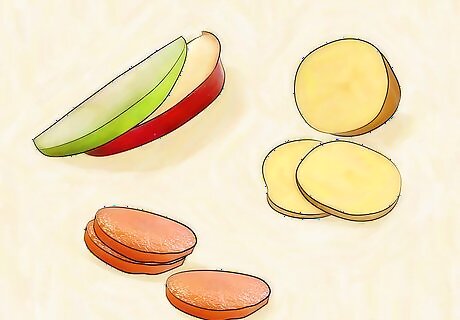
Use fruits and vegetables that are less likely to get soggy. If you notice the moist food you provided is making the bedding too wet or damp, change it out for something else. If your container has a lid and you notice the lid is collecting condensation, your container has a bit too much moisture. Try to let a little more air in.
Caring for Mealworms Through Life Stages
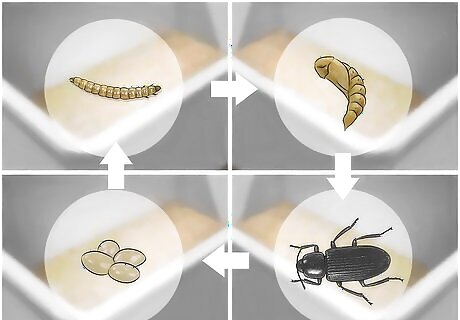
Keep different life stages in separate containers. If you plan to keep your mealworms and let them develop into pupae and eventually beetles, make sure to take the pupae out of the container. The beetles and the worms will both eat these if they are left in the container. If you don’t plan to keep the mealworms into the next stages of life, keep in mind that they usually remain at the larval (worm) phase for 8-10 weeks. If you purchase the worms and they are already fully grown, you may have less time than that.
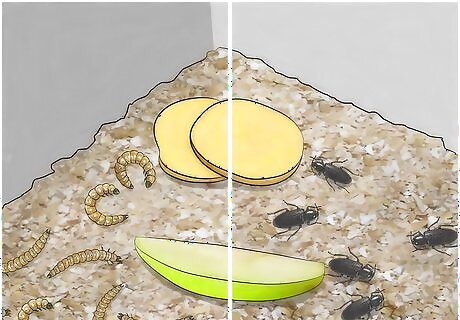
Feed each stage the same. Beetles and larvae eat the same thing, so keep refreshing and adding to the food bedding you have already been maintaining, even after the transition between stages. Once the larvae become pupae, they will not eat during this stage. If you notice pupae in your container, transfer them into another container that is lined with a paper towel rather than the bedding. This will give the pupae something to hold onto while they transition into their next life stage, which will take anywhere from 6-24 days.
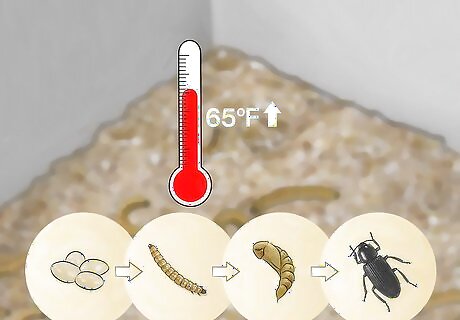
Keep the temperature of the container above 62 degrees (F). Temperatures lower than this can have a negative effect on the reproduction cycle. If you are trying to progress the life cycle and encourage full grown beetles to lay eggs and start the cycle over, make sure they have a warm environment in which to do so. On the other hand, if you have a large amount of larvae and want to use them as food for pets, you can refrigerate the larvae in a container with holes in the lid and they will last longer. But, temperatures lower than 40 degrees (F) may cause the worms to die.



















Comments
0 comment